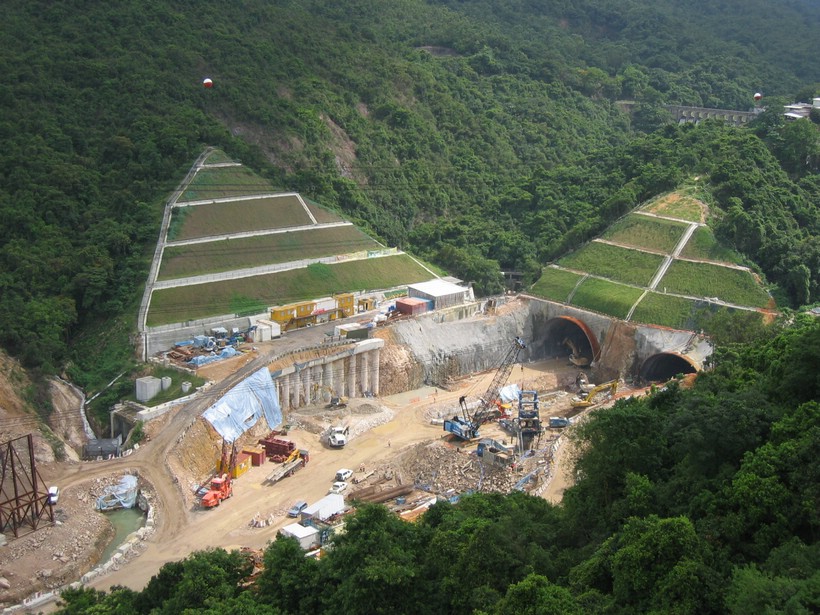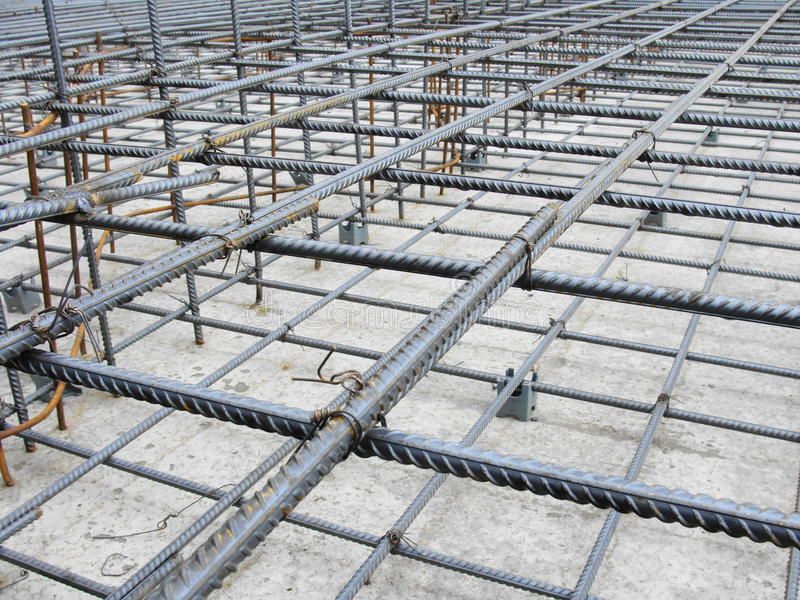
Traffics Engineering II - M
Syllabus
Subject Number of hours per week
1. Highway planning and administration (general) (2 hrs.)
Principles road network system.
2. Traffic volume studies (6 hrs.)
Traffic volume count types, techniques, Traffic volume variation, short counts, traffic volume measurements types.
3. Speed (2hrs.) Speed types, definition, measurement of spot speed, determination of average spot speed, speed limit, and design speed.
4. Traffic delay study (2hrs.)
Traffic delay types: signalized intersection, enroute delay
5. Car parking (4 hrs.)
Car parking surveys, car parking types, measurements car parking, determination of off-street parking location (moment method)
Road user, Perception procedure intellect in a human mind, factors affecting a driver Physical, psychological, modifying (2 hrs.)
6. General requirements of vehicle and road (2 hrs.) Types of sight distances (2 hrs.)
Minimum stopping sight distance, min passing sight distance at intersections, minimum radius of horizontal curve, speed change lanes lengths.
7. Analysis of basic freeway section (uninterrupted flow) factors affecting capacity, service flow rates, and level of service types (4 hrs.)
8. Fundamental relationship between speed-flow-density, relationship derivation, linear & nonlinear relation (speed-density) (6 hrs.)
9. Headway distribution (double exponential distribution), free flow stream, restrained flow stream (2 hrs.)
10. Intersection Design (6 hrs.)
Types and shapes of intersections, principle of intersection design, warrants for signals for at-grade intersection (briefly)
11. Design of traffic signals (Webster method) (4 hrs.)
Examples on traffic signals
12. Methods of coordination (4 hrs.)
Specifically the flexible progressive method, time distance diagram
13. Interchanges (2 hrs.)
Types of interchanges, warrants for interchange
14. Traffic signs type, shapes, colors, road marking types& application 0 (6 hrs.)
15. Traffic Safety (2 hrs.)
Traffic accident causes, types, reporting surveys, analyses objectives, accident rates
References
The following references will be used in traffic subject:
1. HCM (2000). Highway Capacity Manual. Transportation Research Board, TRB Special Report 209, USA.
2. HCM (2010). Highway Capacity Manual. Transportation Research Board, TRB Special Report 616, USA.
3. Institute of Transportation Engineering, ITE. (2010). Traffic Engineering Handbook. 6th Edition, USA: Washington.
4. Mannering, F., Kilareski,W., and Washburn, S. (2005). Principles of Highway Engineering and Traffic Analysis. 3rd edition, USA.
5. Pignataro ,L. J. “Traffic Engineering theory and practice” ,Prentice-Hall , Inc., New Jersey, USA, 1973.
6. Salter, R. (1981). Traffic Engineering: Worked Examples and Problems. London, Macmilla

Theory of Structures II - M
Theory of Structures is an engineering topic dealing with the structural analysis of structures i.e. the determination of the effects of external loads on the physical behaviour of the structures and the components thereof, through which the internal forces acting on the components of the structures, are calculated so as to be included in the design.
The objective of this course is to acquaint the students with the basic concepts of the structural analysis and various methods used in analysing statically determinate and indeterminate structures being considered as Course Learning Outcomes (CLO) enabling the students, upon completing this programme, to analyse statically determinate and indeterminate structures such as Beams, Frames, Arches, Trusses, and Composite Structures, to calculate elastic deformation of aforementioned structures, and to describe the behaviour of the structural elements under the influence of various external loads.

Soil Mechanics II - M
The soil Mechanic course introduces the basic concepts of the mechanics of soils. It covers the fundamental multi-phase nature of soils, provides an understanding of soil description and classification, the effective stress concept, and elementary seepage and compaction problems. Furthermore, solve certain fundamental problems related to consolidation, shear strength, and design of shallow and deep foundations; and familiarizes students with relevant terms and soil tests.
The principles of water flow in soils, settlement, and shear strength of soils will also be discussed. Consolidation problems, factors of safety for foundations, and foundation settlement prediction will also be covered.

Reinforced Concrete II - M
The aim of this course is to provide students with a thorough understanding of the design of reinforced concrete structures. Topics covered will include: load transfer though structural members; behavior and design of one way and two way slabs; behavior and design of short and slender columns.

Irrigation and Drainage Engineering II -M
- Surface Irrigation. It is the most common type of irrigation as it simply employs gravity to distribute water over a field by following the contour of the land. ...
- Localized Irrigation. ...
- Drip Irrigation. ...
- Sprinkler Irrigation. ...
- Subsurface Irrigation. ...
- Flood Irrigation. ...
- Perennial Irrigation.

Engineering And Numerical Analysis II - M
Engineering and Numerical analysis is the area of mathematics and computer science that creates, analyzes, and implements algorithms for solving numerically the problems of continuous mathematics. Such problems originate generally from real-world applications of algebra, geometry, and calculus, and they involve variables which vary continuously. These problems occur throughout the natural sciences, social sciences, medicine, engineering, and business. Beginning in the 1940's, the growth in power and availability of digital computers has led to an increasing use of realistic mathematical models in science, medicine, engineering, and business; and numerical analysis of increasing sophistication has been needed to solve these more accurate and complex mathematical models of the world. The formal academic area of numerical analysis varies from highly theoretical mathematical studies to computer science issues involving the effects of computer hardware and software on the implementation of specific algorithms.
Construction Management II (M.)
Construction management is a group of sciences that are concerned with provides a project’s owner(s) with effective management of the project's schedule, cost, quality, safety, scope, and function. Construction management is compatible with all project delivery methods. Construction management are practice address under six areas of services: schedule, cost, safety, quality, function, and scope. Engineering economy, is a subset of economics concerned with the application of economic principles in the analysis of engineering decisions. Engineering Economics in Civil Engineering, define as alternatively engineering economy, which is a guide for the economic selection among technically feasible alternatives for the purpose of a rational allocation of scarce resources. Its goal is to guide entities, private or public, that are confronted with the fundamental problem of economics. This poses new underlying economic problems of resource allocation for civil engineers in delivering infrastructure projects and specifically, resources for project management, planning and control functions.